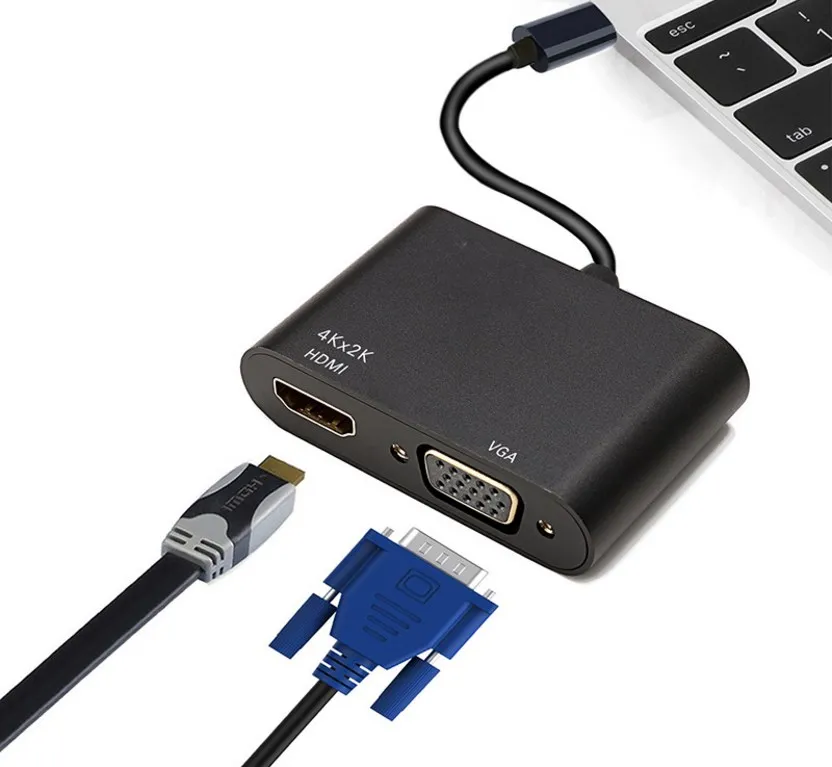

It typically involves placing the projector in a suitable location, connecting it to a power source, and turning it on. Set up the projectorįollow the manufacturer’s instructions if your projector still needs to be set up. You can check the specifications of your laptop and projector online or refer to the user manual to see if they have wireless connectivity options. Most newer models of laptops and projectors come with built-in wireless capabilities, but it is always a good idea to double-check. Check if your laptop and projector are compatible with wireless connectivityīefore wirelessly connecting your laptop to a projector, it is important to ensure that the laptop and projector are compatible with wireless connectivity. It can be especially convenient if the projector and laptop are not located close to each other or if there is a need to move around the room while presenting. While most projectors come with a wired connection option, connecting a laptop to a projector wirelessly is possible. Sync the projector and laptop by holding down the FUNCTION (Fn) key and pressing one of the following keys to toggle: F4, F5, F7, F8 (each laptop is different, but you’re looking for the function key that has a screen icon on it).In today’s digital age, it is common to use a projector to display content from a laptop during presentations, meetings, and events.We don’t recommend using a HDMI longer than 25′ Plug in the power cable and turn your laptop on.Īlways restart your laptop before attempting to connect it to a projector.Plug in the power cable and turn the projector on.The further away you are, the longer HDMI cable you will need. Place your laptop on the same table (as close as possible).Typically at the front of the room, perpendicular to the projector screen.

P lace your projector on the table where you want it.How to connect your laptop to a projector


 0 kommentar(er)
0 kommentar(er)
